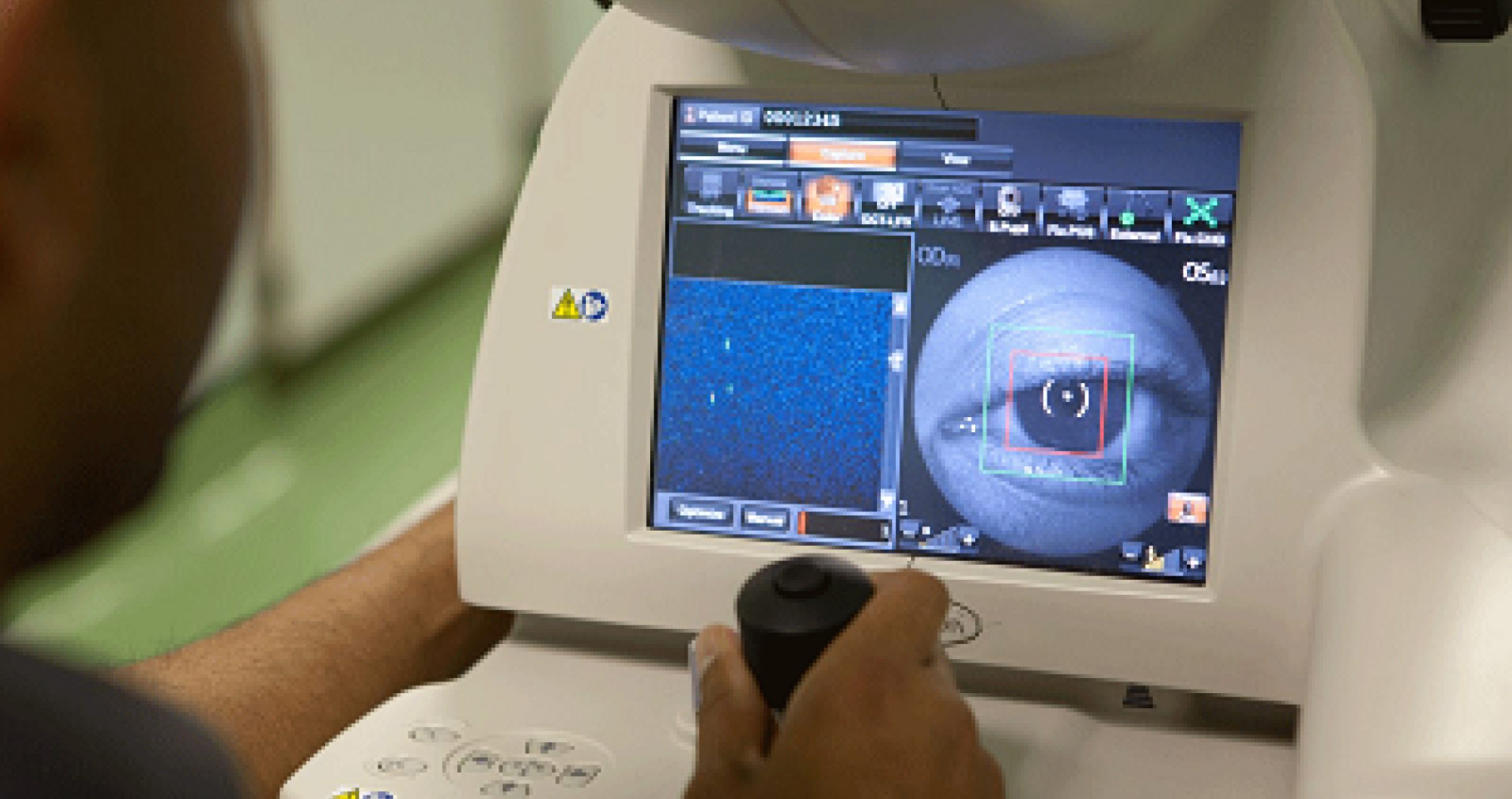Share
Embracing new technology that improves early detection, digital referrals, treatment options and adherence is key to enhancing patient-centred collaborative care.

Therefore, over the past 18 months there has been a significant shift in the strategic interventions to fight glaucoma blindness.
This is good news for the 150,000-plus people in Australia who are unaware they have glaucoma and are at risk of permanent and irreversible vision loss.
It is well documented that there is no single definitive test for this disease, and we remain a number of years away from a cost-effective solution to a population-wide screening program. However, advances in technology mean the future is looking brighter for glaucoma detection and diagnosis.
Widespread use of OCT is one such example that GA believes is having a tangible impact in the glaucoma arena. And now increasing use at the optometric level is helping contribute to a significant drop in the average age of diagnosis. In essence, we are picking up more patients, and finding them sooner.
In February 2018, GA designed a comprehensive referral response pathway, which delivers education and support to patients at four key stages of their glaucoma journey. It focuses on early intervention and improving appointment and treatment adherence.
- Stage 1: Pre-Diagnosis / Suspected Glaucoma
- Stage 2: Recently diagnosed and starting treatment
- Stage 3: Six months post diagnosis
- Stage 4: 12 months post diagnosis
Historically, GA came into contact with patients at a later stage by focusing on referrals from ophthalmologists once a glaucoma diagnosis had already been confirmed.
Yet, since launching the referral response pathway, our figures show that approximately one third of glaucoma suspects referred to an ophthalmologist had not actually booked an ophthalmic appointment when contacted by GA.
There are various reasons for patients skipping this crucial stage, with time and cost being cited as the most common.
The fact that glaucoma is asymptomatic means many find it hard to believe there is anything wrong, and don’t make an appointment to see an ophthalmologist.
Ensuring people attend this initial appointment is vital to early detection and saving sight.
Fear of the unknown can also increase anxiety in the lead up to a patients’ initial ophthalmic appointment. Our educators are able to explain to the patient what glaucoma is, what a positive diagnosis might mean and help them prepare for their appointment.
Building on our strong ophthalmology relationships, we have worked hard to strengthen our collaborative care pathway with optometrists because we know they are the first line of defence in the fight against glaucoma blindness.
Since launching this innovative intervention, more than 4,000 patients have received GA service provision, with 2,970 (73%) referred by a health professional. Importantly, 2,649 (89%) of patients referred by optometrists had an average age of 60-69 compared to the historical average of 80-89.
This demonstrates OCT is having a clear impact here, and it is reassuring to know that our new risk awareness and early intervention campaigns are working.
Accuracy in diagnosis
Our statistics show that 92% of cases referred to GA have been confirmed or suspected glaucoma cases. This trend of earlier detection and support for these people to stay engaged with their eyecare practitioner and their management plan is central to eliminating glaucoma blindness.
While there may be an increase in false positives, the benefit of early detection will hopefully outweigh the negatives.
Current referral response pathway data reveals that of 1,485 patients contacted after their initial ophthalmic appointment, 1,064 (72%) received a confirmed diagnosis of glaucoma and 309 (21%) were identified as glaucoma suspects who require ongoing monitoring.
While 112 (8%) patients did not have glaucoma, the referral to an ophthalmologist was appropriate due to other factors such as ocular hypertension, thick corneas, narrow angles and other optic nerve related conditions.
Nicknamed the ‘silent thief of sight’, glaucoma usually progresses slowly and without symptoms in the early stages. Given that up to 50% of glaucoma patients present with an intraocular pressure reading within the normal range, tonometry is limited.
An OCT scan is used to measure the retinal nerve fibre layer thickness around the optic nerve, which is an important marker of early to moderate glaucoma damage.
For glaucoma suspects and those at the very early stages of glaucoma, the visual field test may not show any peripheral field damage; however the measurements from the OCT can detect early signs. GA therefore welcomes the widespread uptake of OCT across the optometric sector.


